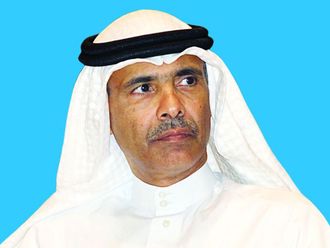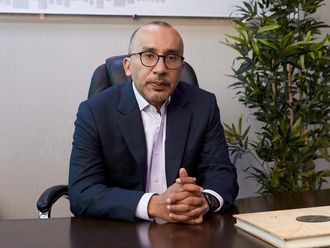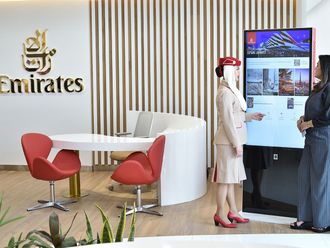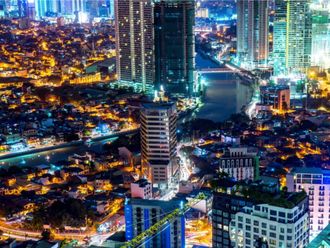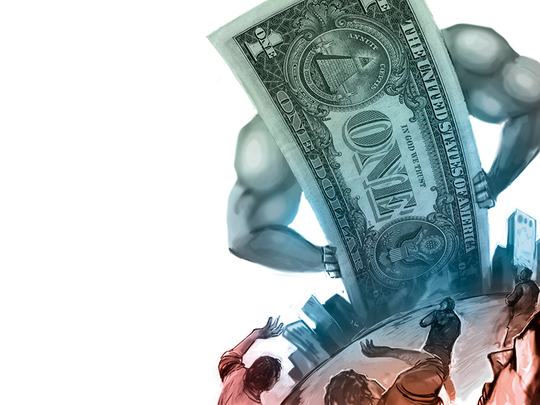
Iran is loaded with economic potential, but as President Donald Trump pulls out of the multi-stakeholder P5+1 agreement, it is difficult to see whether that potential will ever be realised. Iranian officials are trying to put on a brave face.
Central Bank Governor Valiollah Seif said that pressure from Washington will not cause collateral damage to this emerging market economy, but that may be wishful thinking. A great deal will depend on two key factors: whether other signatories to the agreement will have a stiffer backbone and resist pressure to bow out of the deal and whether global companies with large exposure to the US market believe planting a flag in Iran is worth all the potential risk.
France’s Total, the largest western energy company to invest in Iran, has indicated that it will not proceed with its joint-venture unless the US provides a waiver. Joe Kaeser, chief executive of Siemens, outlined the hard realities, trying to balance business and values is nearly impossible at this juncture.
“I always made it clear there is a primacy of a political system and if this primacy is that “this is what we are going to do”, then that is exactly what we are going to do and everything else we need to take from there,” Kaeser said. Siemens garnered 20 per cent of its $98 billion global revenues from the US and while Iran’s market of 83 million consumers is no doubt enticing, he is working on the assumption new business cannot be pursued. “So as far as we can see right now, all ongoing orders which have been placed ahead of time can still be served but there no new orders which we can take,” added Kaeser.
The potential bounty in Iran is sizeable. The country sits on 9 per cent of the world’s proven oil reserves, double that level in natural gas and an estimated $1 trillion in untapped mineral assets. Amir Hossein Zamania, Deputy Petroleum Minister, told me last July that the government was aiming to raise $200 billion for oil and gas development alone by 2025 and they seemed determine to stay the course.
But there is much more at stake than energy assets. Boeing and Airbus were looking at combined orders of up to $40 billion for 210 jetliners. Iran was beginning to shape a new infrastructure policy with badly needed rail lines and train orders.
It’s often overlooked, but Iran is a formidable car manufacturer and the 13th biggest steel producer in the world.
As one fund manager suggested, it’s like Germany, loaded with natural resources. Promising indeed, but major players like BP decided to let the wrangling over the nuclear agreement run its course before making a move; which two years into the lifting of sanctions looked very wise.
“We did have a history, the company was founded there back in 1908, but there’s only so many places you can invest, with a disciplined capital framework, and that one just looked difficult to us,” said Bob Dudley, BP’s Chief Executive.
The Iranians have watched their GDP shrink by 10 per cent during sanctions and household incomes falling even further, at an estimated 15 per cent. President Hassan Rouhani promised a pot of gold at the end of the rainbow to the Iranians when the nuclear agreement was signed. Worker protests on May 1 were just the latest indication of their frustration.
But they are not venting solely about international economic isolation, but a lack of domestic reforms which the International Monetary Fund suggests are long overdue.
While the US is the largest economy in the world with a central bank that governs the global trade in dollars, one should consider the other signatories to the deal will unlikely turn their back on Iran.
China for one seized the opportunity during sanctions to invest in Iran’s oil sector. At the end of April, Russia’s President Vladimir Putin met with Rouhani and signed a multi-layered agreement for the development of oil and gas. They will not want to hand back their chips in a high stakes game of political influence.
European governments are pledging to stay engaged in Iran but how that is manifested is still not clear.
During my interview with Kaeser of Siemens, he shared a rare personal view of the move by the White House. It’s certainly designed to rein in what the US President says is an expansionist Iran, but the German chief executive told me the region may not be better off.
“I am bit more concerned that the root causes of all the actions are actually not being solved. Look at Syria, the destabilisation of Libya, look at the north of Iraq, so that is actually the root cause,” he concluded.
The writer is CNNMoney’s Emerging Markets Editor.




